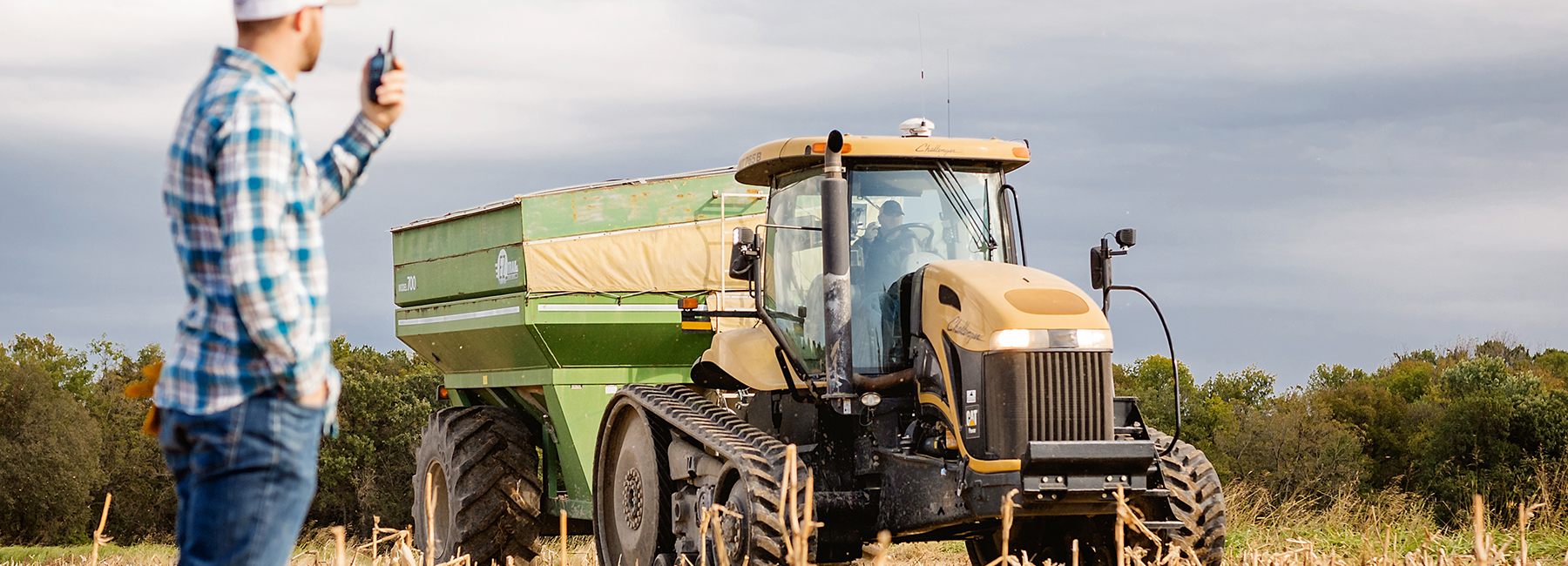
March 17, 2019
For those who are not familiar with the agricultural industry, you may still be romanticizing farm culture. Imagining “Old McDonald” with a pitchfork working in the field. Of course farmers still get down in the dirt but not like Old McDonald. What you may not realize is that farming, like most things, has been drastically affected by technological progress, like robots designed specifically for farming applications. One of the current technologies that have taken off, quite literally, are farming drones.
Similar to the CB radio, unmanned aerial vehicles (UAVs) also called drones were originally created for military use, but eventually shifted to public use. Drones have opened up doors in a variety of civilian industries. Today UAVs can be found in everything from media to delivery methods to architectural planning to farming. The ability for a machine to take large stitched aerial shots is the basis of how farming drones are used. The different types of images created by farm drones allow for a better understanding of a set of crops and how they are reacting to their environment.

Farming drones allow for full monitoring of the crops that go way above (literally) walking through your fields. UAVs allow for aerial shots that can pinpoint crop issues immediately unlike satellite photographs and other methods. Using infrared technology, some farming drones have the ability to show you a map including GPS coordinates that show exactly where there are dead and struggling plants. This is especially important in cases of crop infestations, fungus, or pests which can take out a crop population before the farmer has even recognized the issue.

Some farming specific drones have attachments that allow them to spread seeds and fertilizer. These are not only an exciting new way to use UAVs but are cheaper than more traditional methods of seeding.

Purchasing a farming drone is not a huge investment compared to most agricultural equipment and can usually pay off in a single season. It allows for the quickest turn around in crop spraying, crop monitoring, fertilizing and seeding and is also the cheapest method for all of the above.


